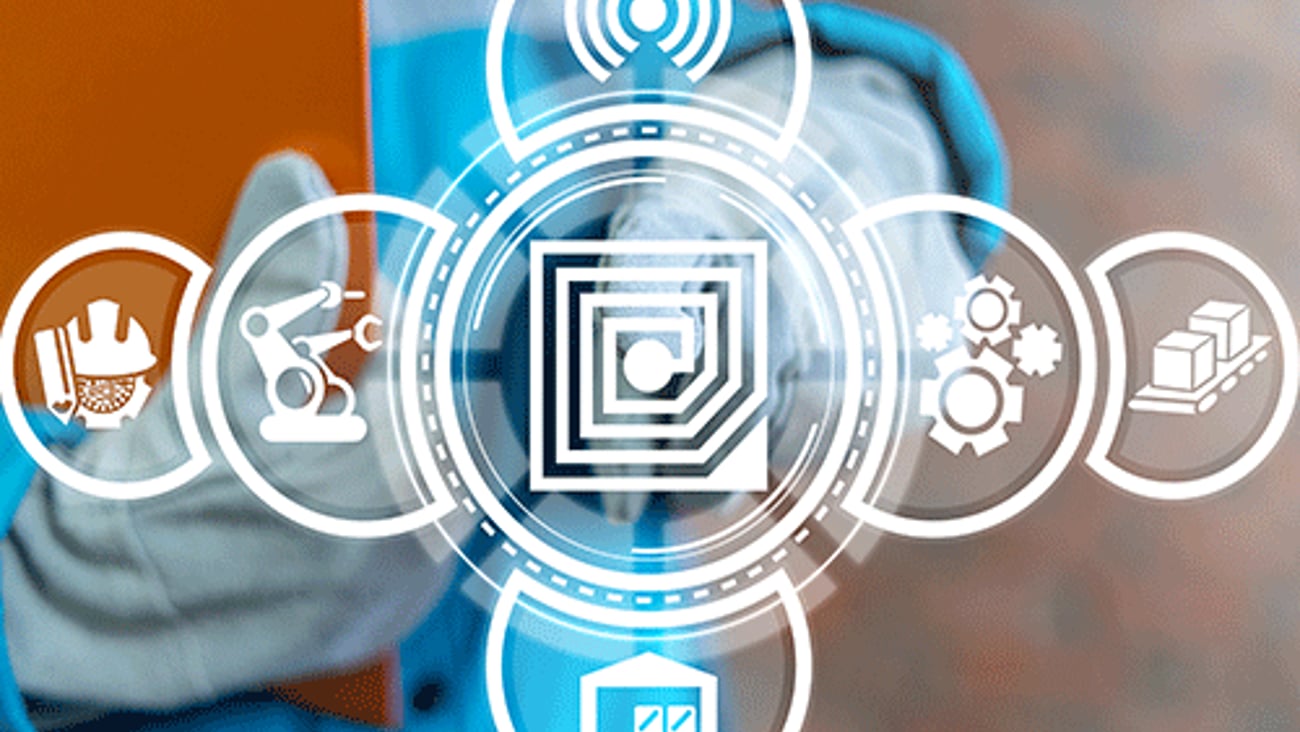Put your customers in the driver’s seat for product development
Digital engagement with customers makes it easier than ever for retailers to craft product offerings around the specific needs and wants of their shoppers.
You buy it, we build it
Amazon is launching a new program called Build It, which ensures new products integrated with its Alexa voice assistant technology have paid orders waiting before it commits to creating the items at scale. Through Build It, Amazon will periodically present customers with Alexa-based concepts, and customers can pre-order any items they want to see built.
If a concept reaches its pre-order goal in 30 days, Amazon will begin to build it, with pre-ordering customers among the first to receive the new product. Amazon won’t build unless the pre-order goal is not met, and customers won’t be charged. As a result, Amazon ensures that it does not launch any new product in its Alexa family of devices without enough guaranteed customer orders to meet any initial ROI metrics the e-tailer wants to set.
Working while customers sleep
Mattress Firm is partnering with sleep science company SleepScore Labs to create an integrated sleep improvement program leveraging insights from SleepScore Labs’ evidence-based sleep improvement data set. Store associates will utilize SleepScore’s technology and data to identify the right product for each customer and track the real-world experience that customers have with specific products.
Mattress Firm will also work with SleepScore to create a white label sleep tracking app featuring best-in-class sleep tracking. While customers sleep, Mattress Firm (and its partner SleepScore) will be busy tracking their sleep experience and then leveraging that data to better match products to them, at both individual and demographic levels.
The social media hunting ground
Arby’s Restaurant Group Inc. regularly utilizes the NetBase social analytics platform to better understand its audience. When NetBase analysis revealed that the hunting community contained many passionate Arby’s customers, the company decided to determine the ideal menu addition for this unexpected segment.
Arby’s followed sentiment on social conversations among the hunting segment to uncover their motivations for ordering specific food items. As a result, the retailer learned that eating venison was a hot topic after a successful deer hunt.
Based on this insight, Arby’s introduced a venison sandwich in test markets, using real- time social insights to track the product’s success. Arby’s measured the number of posts and impressions from the test restaurants, as well as “soft” metrics such as net sentiment and passion intensity, to assess how the new menu item was faring with the target audience. Analytics revealed that the hunting community loved the venison sandwich, and that the new item sparked interest in customers who wouldn’t normally think of it, but were interested in the unique new menu item.
While Arby’s had to invest in social monitoring technology, it recognized the value contained in publicly distributed customer commentary on social media – the type of information retailers once had to organize and run costly, time-consuming focus groups to obtain.







